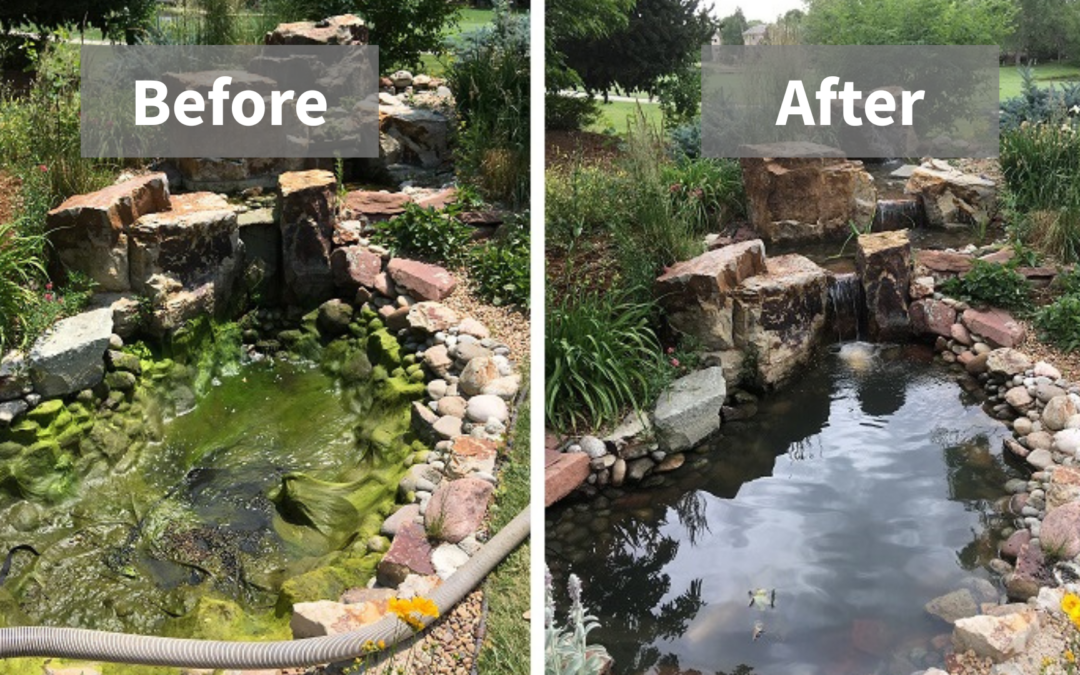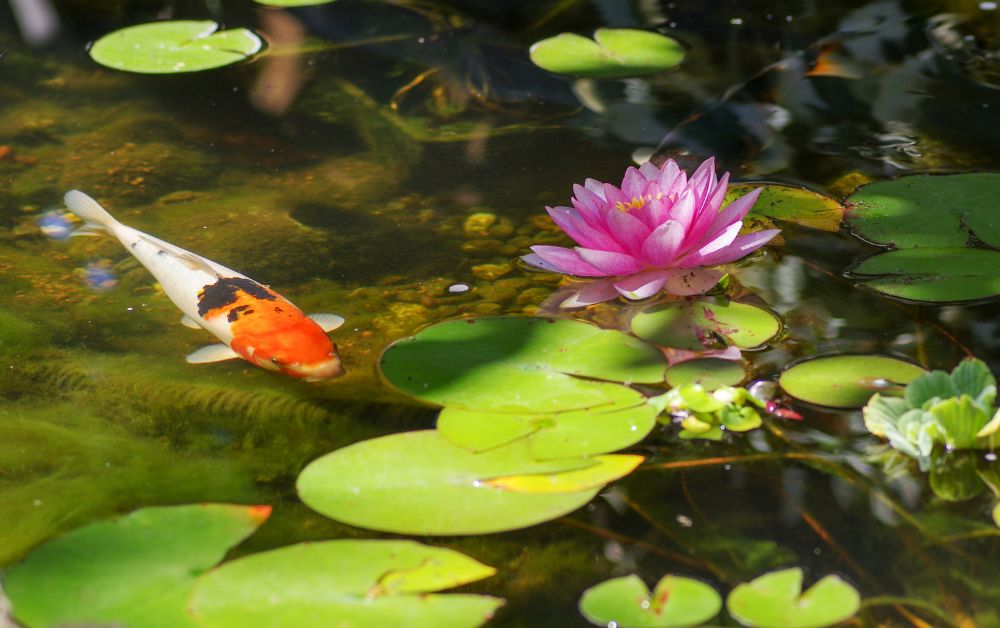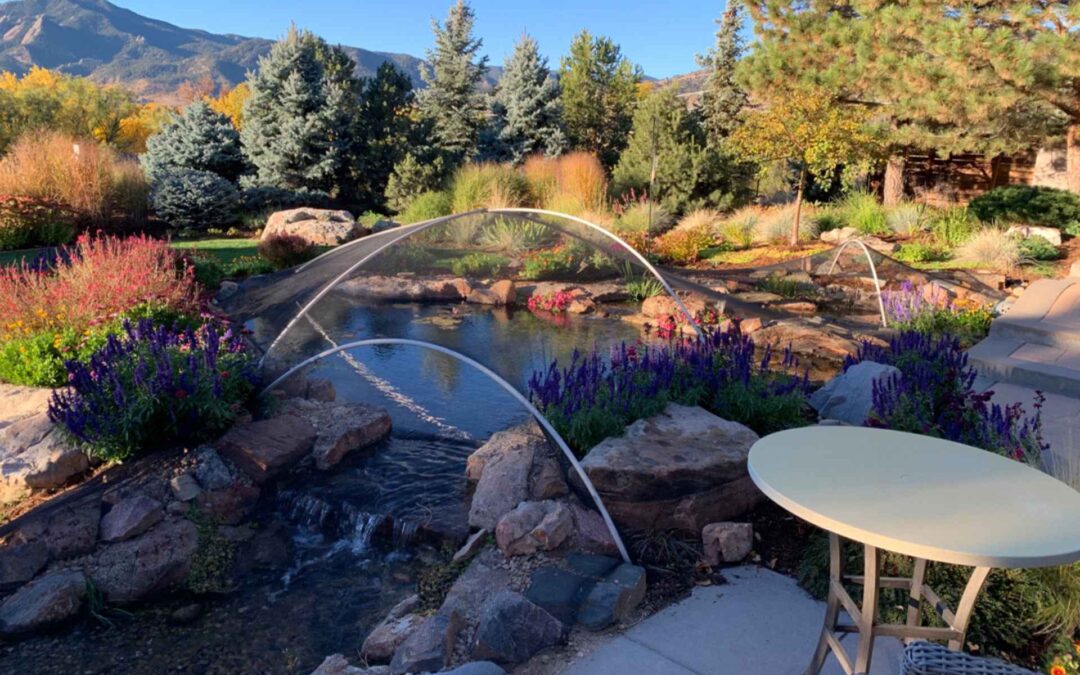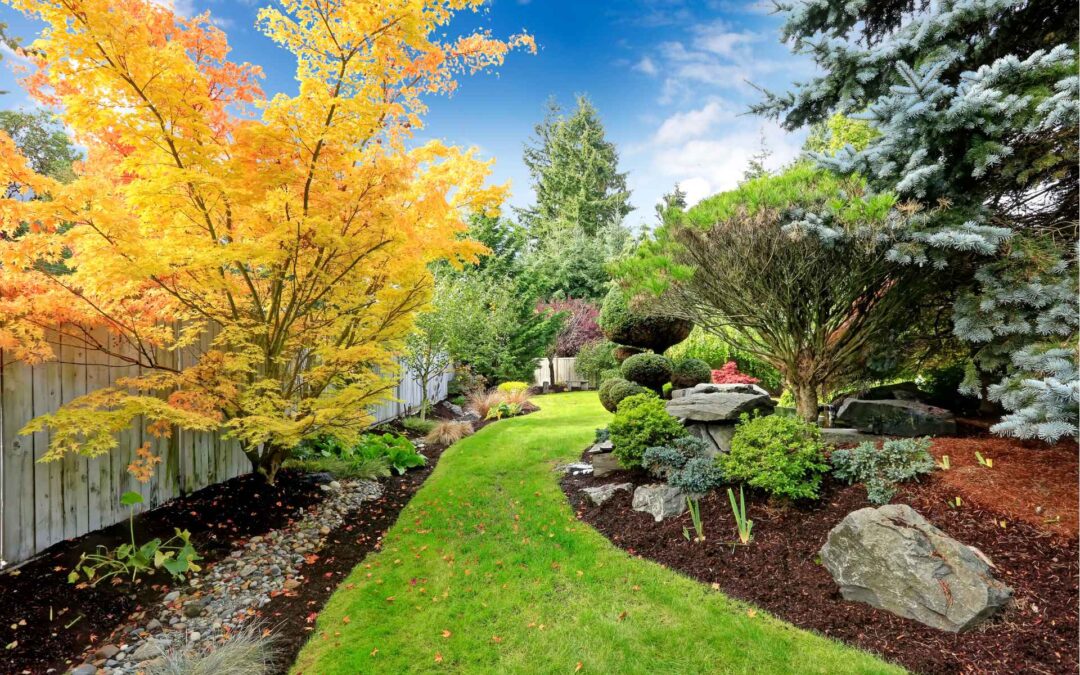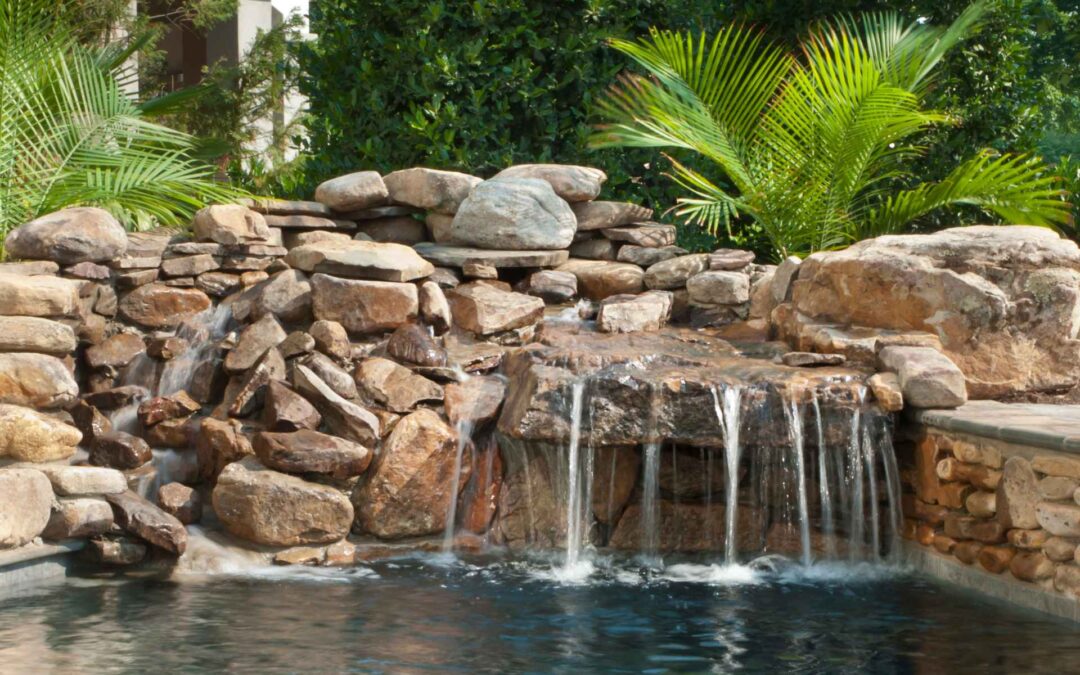When there is a nearby fire, ash may end up in your pond. There is a difference between forest fire ash and ash from destroyed homes, garages, and businesses. The ash from a forest or grass is natural and will contain high amounts of potassium, but the ash from non-organic material will contain plastics and all sorts of harmful chemicals.
Ash affects ponds in these ways:
- It raises the pH of the water
- It may create foam
- Toxic chemicals in the ash could be detrimental to living creatures in the pond
- Debris in the pond (ash or otherwise) can clog equipment
- Even if the equipment is not clogged, filter pads can be completely gunked up (Yes, that’s a technical term)
What about the equipment?
It would take A LOT of ash to actually gunk up the pond equipment, but that is certainly possible. If your system has taken on a lot of ash, make sure to pay attention to your equipment. Loud noises, indicating the equipment is struggling, mean that the pond may need to be cleaned out right away.
How does the ash affect water quality?
If there is visible ash settling in the yard, that same amount is ending up in the backyard pond. If the pond water looks sort of like coffee, there is too much ash in that water!
Ash from natural materials, like a forest fire, has a high potassium content. This potassium is a nutrient. If the nutrient load in the water is more than the plants can consume (and it likely would be in the case of a large amount of ash suddenly in the pond), algae will be right there to pick up the slack. I recommend adding extra cold water bacteria to help the situation. Remember that the bacteria is not working at full capacity when water temperatures are below 50 degrees. However, bacteria alone will not fix an ash problem.
If there are no fish in the pond, plan a full cleanout for the pond in the spring, and don’t be surprised if the string algae go nuts between now and then.
Koi and goldfish can be fairly hardy, but adding something unknown to the water that changes water chemistry could be detrimental to the fish. If the ash contaminates the water in the winter you may not see the effects on the fish right away as their metabolisms are much slower in the winter. Remember that it is not just the higher potassium that we need to worry about here. There can be toxic chemicals in the ash as well.
Ash and Fish Health
If there are large amounts of ash, you will need to take action. What is a large amount of ash? Good question. When you see ash in the yard around the koi or gold fish pond and you feel like it is a lot, we consider that a large amount of ash.
Here are some guidelines and to-dos:
- The very first thing we do if our pond is inundated with ash is make sure there is plenty of oxygen for the fish! We already have aerators in the pond, but if we didn’t we would add them immediately. If the fish were stressed as the chemical balance of the pond changed, the best thing to do is make sure they have plenty of oxygen.
- In the spring or summer, when water temperatures are above 50 degrees, a full cleanout is a good idea.
- In the winter (which it is right now!), a complete cleanout is risky for the fish, but so is leaving the ash in there with them! We recommend starting with a partial water change of 20% of the volume unless the ash is so bad that the pond looks like a giant mess. Remember to use a dechlorinator and treat the water with cold water bacteria.
- If a cleanout needs to be done, keep in mind that it cannot be done if the temperatures are below roughly 45 degrees. It could kill the fish. While fish MAY get through it just fine, winter stress is difficult for them as they are coldblooded and their immune systems are not really online during the winter. If the pond has to be cleaned out, then it has to, we want you to understand the risks. If you decide the cleanout is the way to go, contact us about our pond cleaning services!
- After a water change, test the pH of the water. Healthy pH levels in ponds with fish should be between 6.5 and 8.5. A pH of 9 is too high. Keep in mind that city water from the hose may have a high pH. Testing the hose water for pH lets us know what we are starting with even if we have no control over it.
- Keep an eye on fish behavior. When the water temperatures are below 45 degrees they should be at the bottom of the pond not moving very much. If they are gasping at the top of the pond for air, getting sucked into the skimmer, or exhibiting other weird behavior, another water change might have to be done.
We have many clients whose homes are in or near the Marshall fire area. Our hearts go out to anyone who has suffered loss due to this horrible fire!
If you’re ready for a new backyard pond, need a renovation of your pond landscaping or some pond maintenance, give your Colorado Pond Pros a call! And to learn more about ponds, read our blogs This Wacky Weather and How It May Affect Your Fish and Should You Run Your Pond Over the Winter? And for some fun videos and before & afters, subscribe to our YouTube channel!


